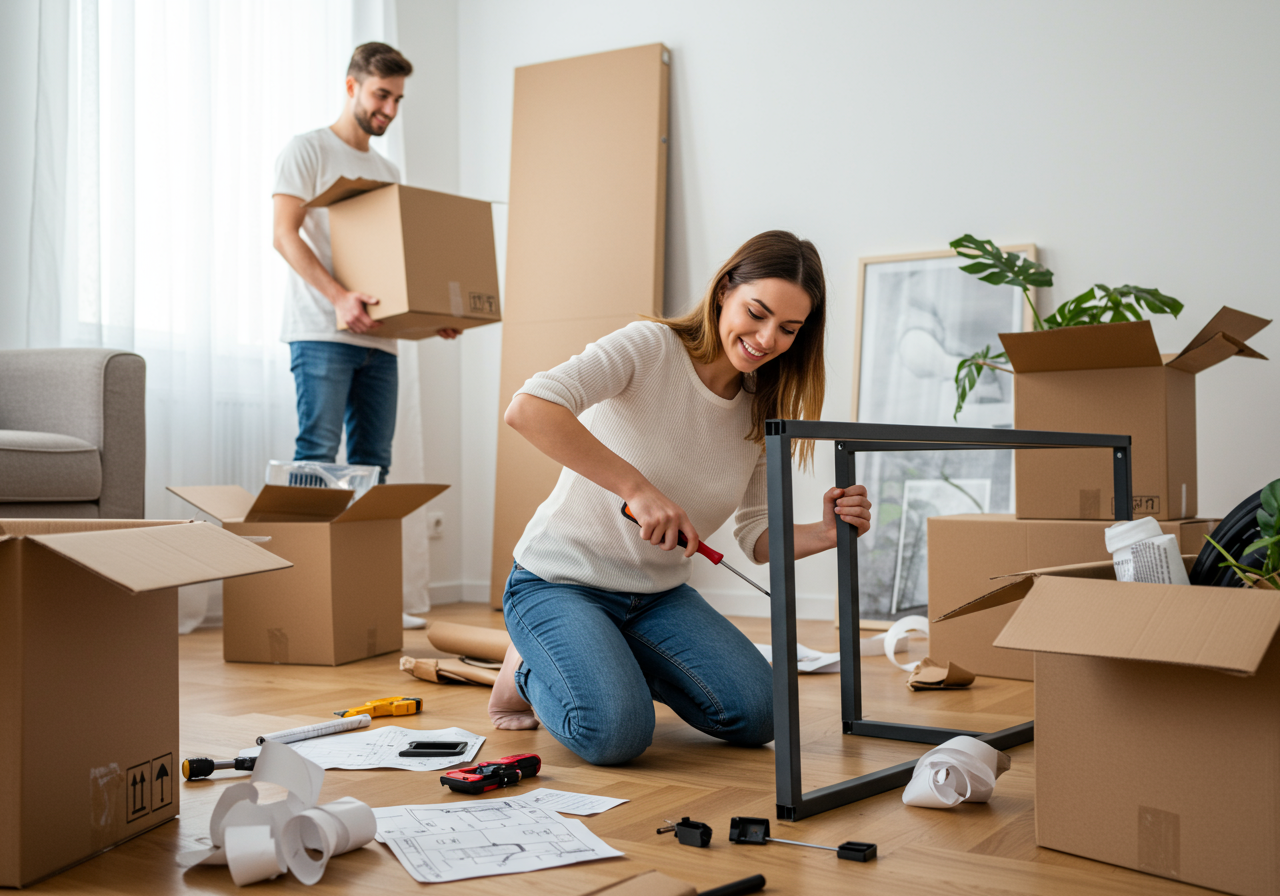The papers are signed and the keys are in hand. Here's what you need to know when moving in to a new home.
1. Change the locks.
You really don’t know who else has keys to your home, so change the locks. That ensures you’re the only person who has access. Install new deadbolts yourself for as little as $10 per lock, or call a locksmith — if you supply the new locks, they typically charge about $20 to $30 per lock for labor.
2. Check for plumbing leaks.
Your home inspector should do this for you before closing, but it never hurts to double-check.
Keep an eye out for dripping faucets and running toilets, and check your water heater for signs of a leak.
Here’s a neat trick: Check your water meter at the beginning and end of a two-hour window in which no water is being used in your house. If the reading is different, you have a leak.
3. Steam clean carpets.
Do this before you move your furniture in, and your new home life will be off to a fresh start. You can pay a professional carpet cleaning service — you’ll pay about $50 per room; most services require a minimum of about $100 before they’ll come out — or you can rent a steam cleaner for about $30 per day and do the work yourself.
4. Wipe out your cabinets.
Another no-brainer before you move in your dishes and bathroom supplies. Make sure to wipe inside and out, preferably with a non-toxic cleaner, and replace contact paper if necessary.
5. Give critters the heave-ho.
That includes mice, rats, bats, termites, roaches, and any other uninvited guests. There are any number of DIY ways to get rid of pests, but if you need to bring out the big guns, an initial visit from a pest removal service will run you $100 to $300, followed by monthly or quarterly visits at about $50 each time.
6. Introduce yourself to your circuit breaker box and main water valve.
It’s a good idea to figure out which fuses control what parts of your house and label them accordingly. This will take two people: One to stand in the room where the power is supposed to go off, the other to trip the fuses and yell, “Did that work? How about now?”
You’ll want to know how to turn off your main water valve if you have a plumbing emergency, if a hurricane or tornado is headed your way, or if you’re going out of town. Just locate the valve — it could be inside or outside your house — and turn the knob until it’s off. Test it by turning on any faucet in the house; no water should come out.





